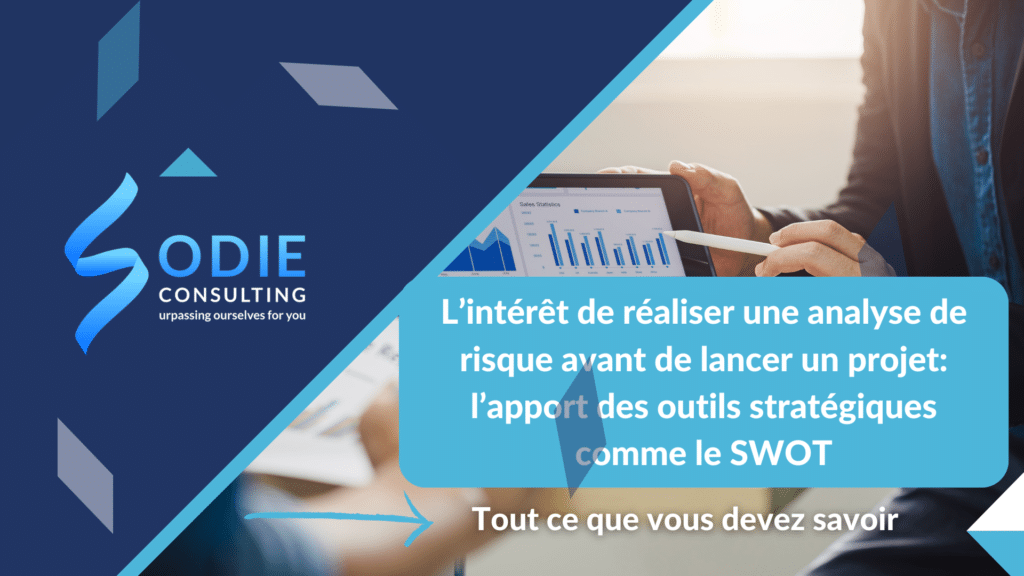The importance of conducting risk analysis before launching a project: the contribution of strategic tools such as SWOT

The importance of conducting risk analysis before launching a project: the contribution of strategic tools such as SWOT
Risk analysis is a fundamental step in planning any project. This approach not only helps anticipate potential obstacles but also structures the project strategy around concrete data. Tools like SWOT analysis (Strengths, Weaknesses, Opportunities, Threats), along with other complementary methodologies, play a key role in this process. Here’s why and how to integrate these tools into risk analysis to maximize the chances of project success.
1. Early identification of threats and opportunities with SWOT analysis
SWOT analysis is a powerful strategic framework for assessing the Strengths, Weaknesses, Opportunities, and Threats related to a project. It helps visualize not only internal and external risks but also strengths the project can leverage. For example, a strength might be a particularly skilled project team, while a weakness could be a limited budget. External opportunities and threats, such as regulatory changes or market evolution, are also considered.
2. Resource and budget optimization
In addition to SWOT analysis, using the PESTEL method (Political, Economic, Sociocultural, Technological, Environmental, and Legal) evaluates the impact of macro-environmental factors on the project. This analysis can reveal risks or opportunities not identified by SWOT, providing a more comprehensive view for effective resource allocation.
3. Enhanced decision-making
To complement SWOT and PESTEL analysis, using tools like Monte Carlo analysis can be extremely helpful. This tool uses simulation to predict the impact of risks on project objectives, allowing visualization of various possible outcomes and informed decision-making based on probabilistic data.
4. Stakeholder credibility and trust reinforcement
The results of SWOT and PESTEL analyses, enriched by Monte Carlo simulations, provide data-driven insights that reinforce the project presentation to stakeholders. These analyses demonstrate that all aspects of the project have been considered, thereby increasing the confidence and credibility of project managers.
5. Reduction of negative impacts
In addition to these tools, using ISO 31000 risk management principles provides a framework to systematically identify, evaluate, and treat risks. This includes creating mitigation plans aligned with international best practices, thus reducing potential negative impacts on the project.
6. Facilitation of internal communication
Communicating the results of these various analyses helps align all project team members and stakeholders on challenges and adopted strategies. The RACI (Responsible, Accountable, Consulted, Informed) tool is also beneficial for clarifying roles and responsibilities in risk management, ensuring that all relevant information circulates effectively among concerned parties.
Conclusion
Integrating risk analysis into project planning, leveraging tools like SWOT, PESTEL, Monte Carlo analysis, ISO 31000 principles, and the RACI model, is essential for anticipating and effectively managing risks. These methodologies provide a deep understanding of project issues and facilitate informed decision-making, while strengthening communication and resource management. Thus, they are not merely formalities but key components that ensure the success and sustainability of projects in an increasingly complex and uncertain environment.
